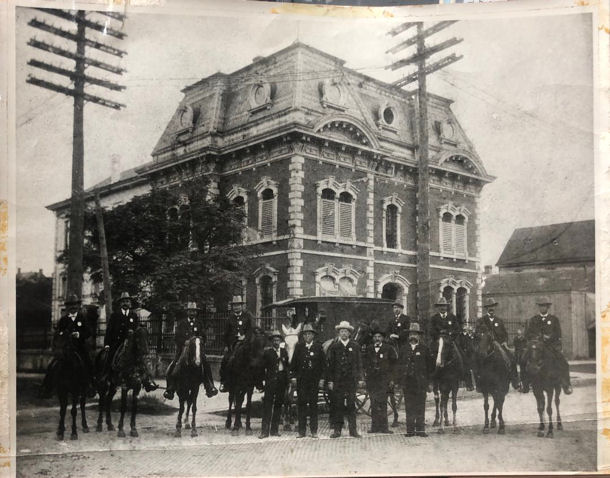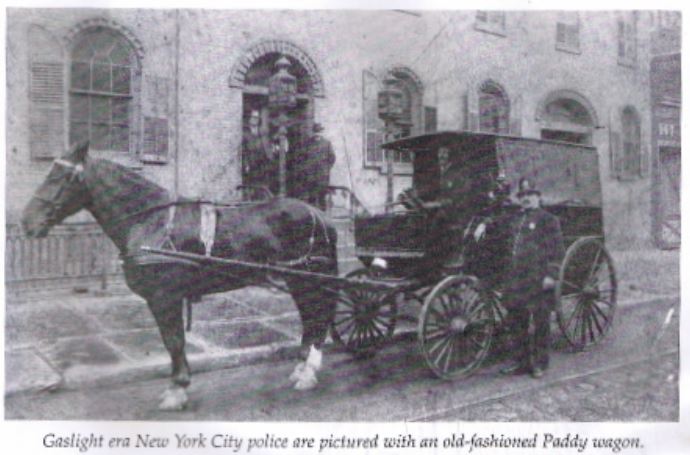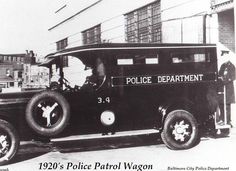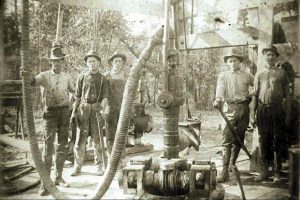Beginning January 1, 2022, recorded music and other sound recordings in years 1923 and before entered the public domain. The collection is now available free of charge through the National Jukebox of the Library of Congress.
Any sound recording in the public domain, as with print public domain, can be used as your own. The National Jukebox is a 410,000 collection of some of the earliest sound recordings from opera, classical music, early blues, jazz, vaudeville, ragtime, popular songs, and spoken comedy. It is an incredible resource for lovers of music of all stripes, historians, and writers.
As you peruse the recordings, you may save selections into the web site’s “My Playlist.” I find no way to download a selection; so have your audio recorder ready if you want a personal copy. I use Applian Technologies’ Replay Media Catcher 4, a video and audio downloader. Recordings of the earliest years are “scratchy.” Some background scratchy sounds can be cleaned up with Audacity, a free, open source software for working with audio recordings.
If you are unfamiliar with the Library of Congress, you will be amazed at what it offers–free of charge. Take time to look it over. I suggest starting with the Digital Collection. Also, notice on the home page that you may “Ask a Librarian,” which proves quite helpful at times.




